Your cart is currently empty!
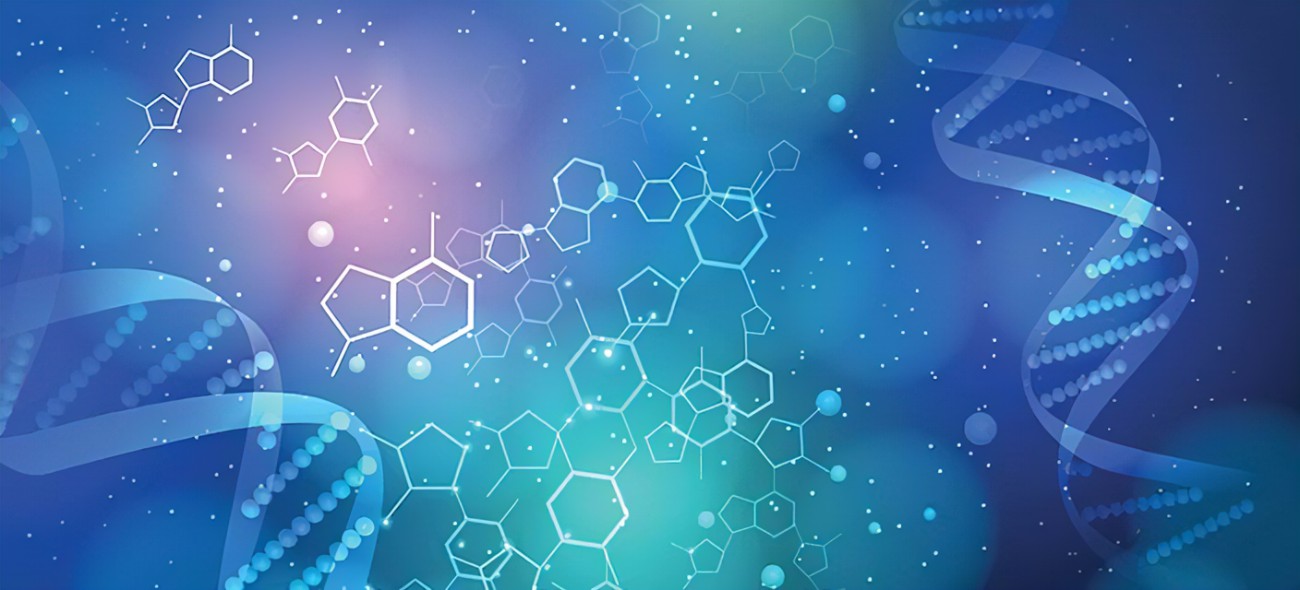
Follistatin-344
Follistatin-344 significantly increased muscle growth and strength by blocking myostatin (GDF-8 – a protein that inhibit growth of muscle mass). Follistatin-344 is a promising inhibitor of myostatin, with sufficiently safe profile.
Description
Follistatin-344 is also the perfect choice for athletes who are no longer able to exercise regularly, or those who quit sports, but still want to stay in shape, with massive muscles. It has been shown that the smaller the load of muscles and less physical activity, the higher the concentration subsequently myostati
 Follistatin (also known as activin-binding protein) is an autocrine glycoprotein encoded FST gene which is produced in almost all tissues. Its primary function in the body is bioneutralization members of the TGF-β family of proteins, with special focus on activin and paracrine hormones. Follistatin is a potent inhibitor of myostatin. Original follistatin also worked as an inhibitor of activin, which in turn stimulates secretion of follicle stimulating hormone – FSH (activin regulates the growth and differentiation of nearly all cell types, including the gonads, pituitary and skeletal muscle). For this reason, scientists have developed from the original follistatin derived specific follistatin (follistatin-344), which is preferably capable of blocking the effects of myostatin.
Follistatin (also known as activin-binding protein) is an autocrine glycoprotein encoded FST gene which is produced in almost all tissues. Its primary function in the body is bioneutralization members of the TGF-β family of proteins, with special focus on activin and paracrine hormones. Follistatin is a potent inhibitor of myostatin. Original follistatin also worked as an inhibitor of activin, which in turn stimulates secretion of follicle stimulating hormone – FSH (activin regulates the growth and differentiation of nearly all cell types, including the gonads, pituitary and skeletal muscle). For this reason, scientists have developed from the original follistatin derived specific follistatin (follistatin-344), which is preferably capable of blocking the effects of myostatin.
 Recent animal experiments, which ended in 2009 showed that the genetic regulation of follistatin levels brought significant results in muscle growth and increase strength. Subsequently, since. 2009 successfully used even by people recorded are the results where daily injections of 100 mcg follistatin-344 brought in individuals weighing 86-87 kg muscle growth approx. 5 kg for 10 days.
Recent animal experiments, which ended in 2009 showed that the genetic regulation of follistatin levels brought significant results in muscle growth and increase strength. Subsequently, since. 2009 successfully used even by people recorded are the results where daily injections of 100 mcg follistatin-344 brought in individuals weighing 86-87 kg muscle growth approx. 5 kg for 10 days.
Peptide follistatin-344 also has a significant impact on the rejuvenation of tissues. Its distinctive anti-aging effect is comparable with the effect of melatonin and other peptides, positive anti-aging.
With age follistatin production in the body decreases, thus contrary increase side effects of myostatin. Myostatin except that inhibits muscle growth, also regenerates cells in adipose tissue. And because the body starts to regenerate body fat use their own endogenous proteins and free amino acids, and finally the number of muscle fibers with age significantly and steadily falling. That is the real reason why people in old age become “meet and obese” (they accumulate fat), and on the contrary lack of muscle mass.
The effects of follistatin-344:
- Follistatin-344 significantly increased muscle growth and strength (by blocking the effects of myostatin) – supports hyperplasia (growth of new muscle cells) and activated hypertrophy (increase in volume of muscle cells).
- Follistatin-344 has a strong anabolic effects (androgenic activity when present), the use of follistatin-344 leads to muscle hyperplasia (growth of new muscle fibers) and active hypertrophy (increase in volume existing muscle fibers)
- Follistatin-344 has a strong ability to maintain in athletes as a massive muscle mass despite stop sports
- Follistatin-344 significantly improves performance
- Follistatin-344 has potent anti-aging effect, significantly influences the rejuvenation of tissues in the body
- Follistatin-344 supports the burning of body fat burning
Recommended use of follistatin-344:
100-200 micrograms follistatin-344 once per day for 10-20 days.
Warning: follistatin should not be used by women.
- Main Research Findings
- 1) Treatment with follistatin led to a dramatic increase in muscle weight of transgenic mice. This allowed researchers to conclude that follistatin is capable of effectively inhibiting myostatin, which ultimately resulted in significant muscle growth.
- 2) The results of this study determined that a single injection of FST-344 effectively inhibits myostatin in a way that promotes the enhancement of muscle size and strength. FST-344 was also successful at reversing degeneration and improving muscular function in mdx animals with induced DMD.
- 3) The research team of Rose et. Al concluded that treatment with follistatin enhances gross motor function and muscle size in rats exhibiting spinal muscular atrophy (SMA).
- Selected Data
- 1) It has previously been determined that FST-344 acts as a myostatin antagonist by binding to TGF-beta; a compound that plays a crucial role in the regulation of skeletal muscle growth. Myostatin is found in the myotome compartment of somites before progressing to expression throughout the myogenic lineage. The inhibition of myostatin has been shown to increase skeletal muscle, researchers Lee examined the regulation of myostatin signaling in an attempt to identify myostatin inhibitors capable of promoting muscle growth.
- Myostatin proteins were obtained from Chinese hamster ovary cell lines and from transgenic mice. It is important to note that many different species exhibit identical myostatin sequences in the biologically active C-terminal. This opens researchers up to further experimental opportunities regarding the efficacy of myostatin inhibition on muscle growth across species, primarily in human disease settings and livestock animals [2].
- Because the C-terminal was found to be biologically active for several other TGF-beta compounds, the experiment continued by further purifying the C-terminal away from its propeptide. Additionally, many TGF-beta compounds are able to signal by binding to serine/threonine kinase receptors. The signaling pathway is triggered by the ligand binding to a type II receptor. In order to identify a correlation between myostatin and various type II receptors, the researchers crosslinked studies with radioiodinated myostatin C-terminal dimer on COS-7 cells that were transfected with expression constructs targeted for TGF-beta, BMP or activin type II receptors (Act RIIA or Act RIIB) [2].
- 2) The research team of Haidet et. Al sought to determine the potential of FST-344 and various other follistatin analogues to increase muscle mass in mice. AAVI viral particles were administered bilaterally into the quadriceps and tibialis anterior muscles of 4-week-old, wild-type C57BL/6 mice. After treatment with the myostatin inhibitors, the mice were observed and measured for muscle enlargement 725 days later.
- Since the reported results of follistatin were so promising, researchers conducted a secondary test examining the efficacy of follistatin treatment in cases of muscle deterioration induced in the mdx mouse model of Duchenne muscular dystrophy (DMD). DMD is an X-linked recessive disease that results in loss of skeletal and cardiac muscle and function, and ultimately death [3].
- The mdx animals were injected bilaterally in the quadriceps and tibialis muscles with either a low dose of 1 x 10^10 viral particles or a high dose of 1 x 10^11 viral particles. The injections took place as soon as the subjects reached 3 weeks of age and continued over the course of 5 months. The animals were then euthanized so the injected muscles could be dissected, weighed, snap-frozen, cryostat sectioned, and stained for analysis purposes. These same procedures were followed for the next experiment examining the effects of follistatin treatment when administered at an older age. In this case, the researchers chose to give the mdx animals the treatment 210 days after birth [3].
- 3) Researchers Rose et. Al attempted to determine the ability of follistatin to increase muscle mass, specifically in mice with the phenotype for spinal muscular atrophy (SMA) present. The mice in this model exhibited severe SMA with loss of lumbar function and progressive deterioration of muscles. The mice typically reached peak body weight 10 days after work and prematurely died 16 days after birth. On the day of birth the mice were genotyped via tail biopsy and separated into experimental treatment groups.
- In order to ensure proper results the wet weight of various muscles of the mice treated with follistatin were compared to the wet weight of various muscles of the mice treated with a vehicle. The animals were intraperitoneally injected with a 0.75 mg/kg dose of follistatin, twice daily. Over the treatment period, portions of the gastrocnemius, triceps, and tibialis anterior muscles were dissected from the subjects on days 6, 10, and 16 after birth in order to observe changes in muscle size.
- Additionally, the researchers examined whether follistatin is capable of affecting the SMA phenotype. Results were measured by a time-to-right (TTR) test in SMA pups treated with either active follistatin or a vehicle dose of PBS. The animals were flipped on their back while researchers measured the time it took for the subjects to flip over; if the animal was not able to flip over their time was recorded at 60 seconds. In order to determine an effective dose range of follistatin, the mice were administered either a 10 mg/kg or a 1 mg/kg dose of follistatin every other day. This was in addition to the original 0.75 mg/kg dose. After beginning treatment, TTR success rate was first tested on day 5 and again on day 12 in order to compare the performances of the mice in each experimental group [4].




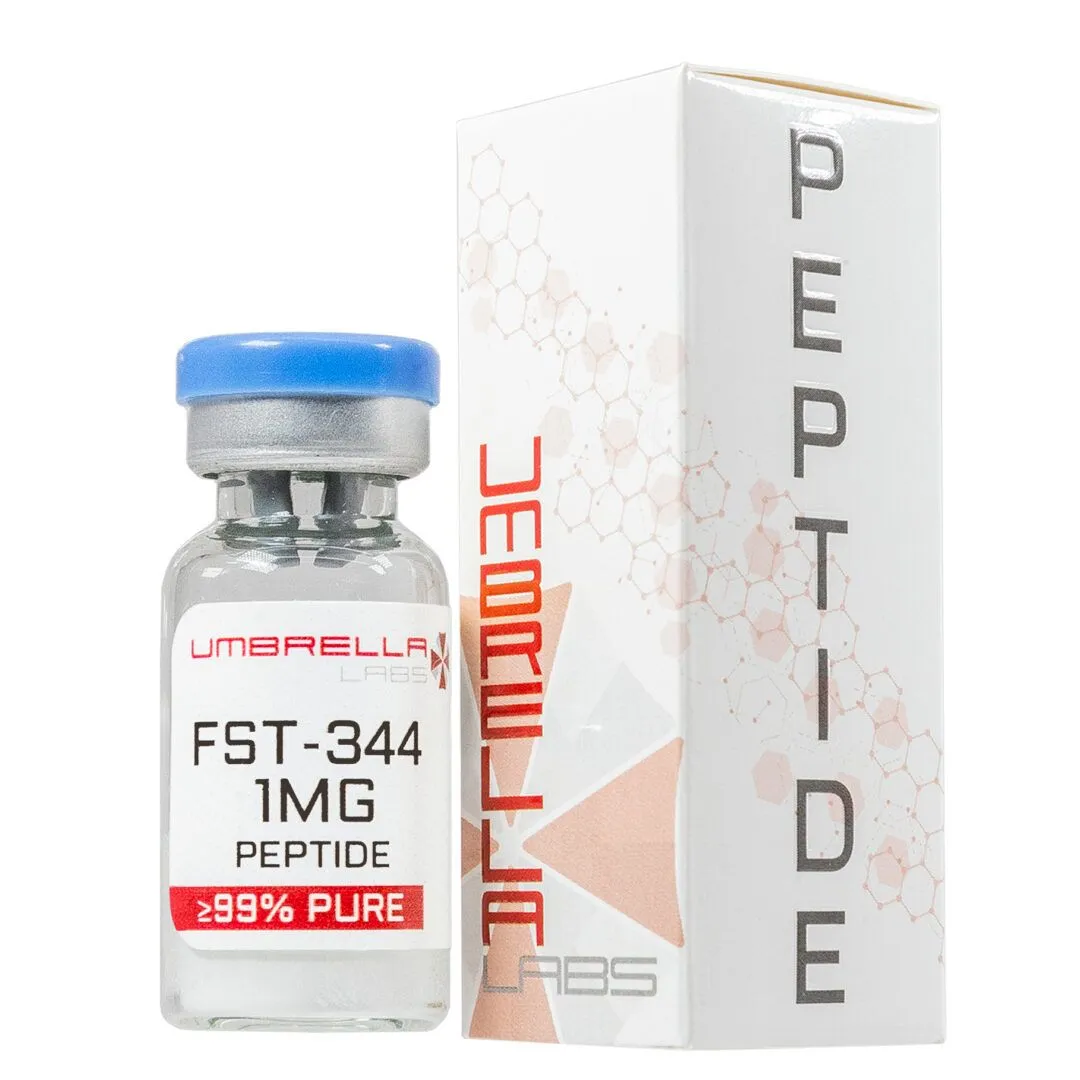
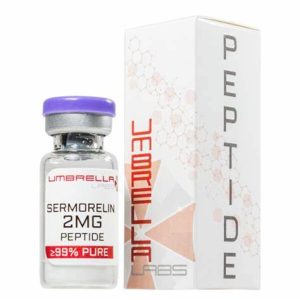
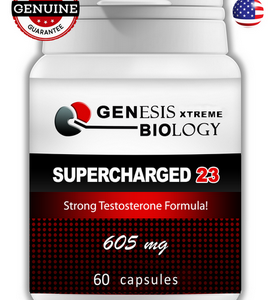

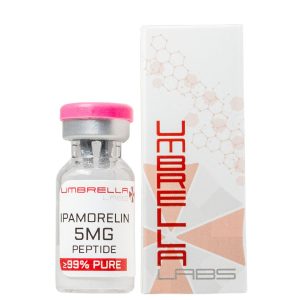
Reviews
There are no reviews yet.